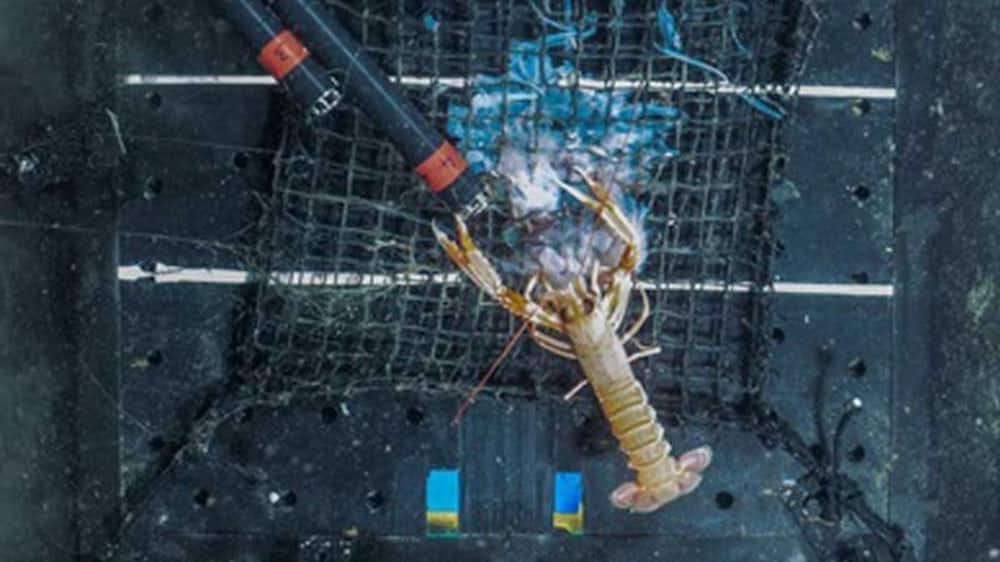Jellyfishes Contribute to Sustainable Commercial Fishing
They ramp up the sick factor for tourists and can put a painful damper on a summer vacation, but the not-so-humble jellyfish carries a much more powerful sting- it is waging guerrilla warfare on the ocean’s ecosystem.
Sure, they’re an important part of the food web and their beauty and elegance is admirable, but the numbers are disrupting the balance of marine ecological systems. Their large numbers are becoming a nuisance since they are clogging pipes, which bring in water to nuclear power and desalinizing plants. If cool water does not make it to the turbines of these nuclear plants in a timely fashion it can lead to devastating fall out.
Increase in jellyfish may also be exacerbating ocean acidification. They are disrupting marine food webs, since they are consuming larger amounts of plankton, depriving smaller fish of their food. Since fewer organisms feed on jellyfish, nutrients are not adequately transferred up the chain. They also wreak havoc for the fishing industry by weighing down nets until boats capsize.
But now, a team of scientists from Heriot-Watt University in Edinburgh in latest research have captured the Norway lobsters’ secret love of jellyfish on camera
for the first time raising questions about whether jellyfish blooms are pests or potential food sources for the commercial fishing industry.Dr Andrew Sweetman, associate professor of marine benthic ecology worked with Kathy Dunlop from Akvaplan-nive Norway and Daniel Jones from the National Oceanography Centre, Southampton, to find out which deep-water species were most attracted by the prospect of a jellyfish dinner.

Expecting usual scavengers like hagfish and amphipods to show up, the team set up two underwater camera systems at depths of over 250m in the Sognefjorden in western Norway, each baited with defrosted helmet jellyfish carcasses.
But they were surprised when 25-centimetre Norway lobsters rapidly located and decimated the jellyfish carcass.
Sweetman said, “We had no idea that Norway Lobster, which is worth £78 million to Scotland alone, fed on the jellyfish carrion that sinks to the depths, so it was very exciting to capture this on camera.
“The Norway lobsters’ feasting was fast and furious. In both deployments, they located the jellyfish in under 25 minutes, scared the other scavengers away almost immediately and consumed over 50 per cent of the carcass.
“We looked at the nutritional value of the jellyfish, along with average Norway Lobster energy intakes in the Firth of Clyde, and found that just one of these jellyfish could satisfy the lobster’s energy requirements for up to three months.
“To discover that it’s a potentially huge food source for one of the Atlantic and North Sea’s most commercially important catches is really interesting, and raises questions about how jellyfish could contribute to sustainable commercial fishing.”
Although the experiment took place in Norway, Sweetman and colleagues are confident that the Norway lobsters in UK waters will have a similar appetite to the fjord-dwelling populations.
Sweetman said: “There are various species of jellyfish in Scottish waters and lochs, and I’m confident any Norway lobsters in those areas will also be feasting on the carrion.
“An interesting next step would be to find out how the Norway lobster are using the energy from the jellyfish. New techniques mean we could label jellyfish tissue with an isotope and trace it in the lobster – so we could actually tell whether it was going into reproductive cells, or helping general growth. That would be really fascinating.”





























